
Dressing up as, or taking on the role of animals comes from magical rites, the meaning of which is lost in the mist of centuries. Still, the custom lives on in both Roumanian and Hungarian communities: hence the bear festivals or ursaru, and the urálás custom in Hungarian chango villages. This exhibit features photography by Gellért Előd Gergely depicting the bear festival of Dormánfalva / Dărmănești.
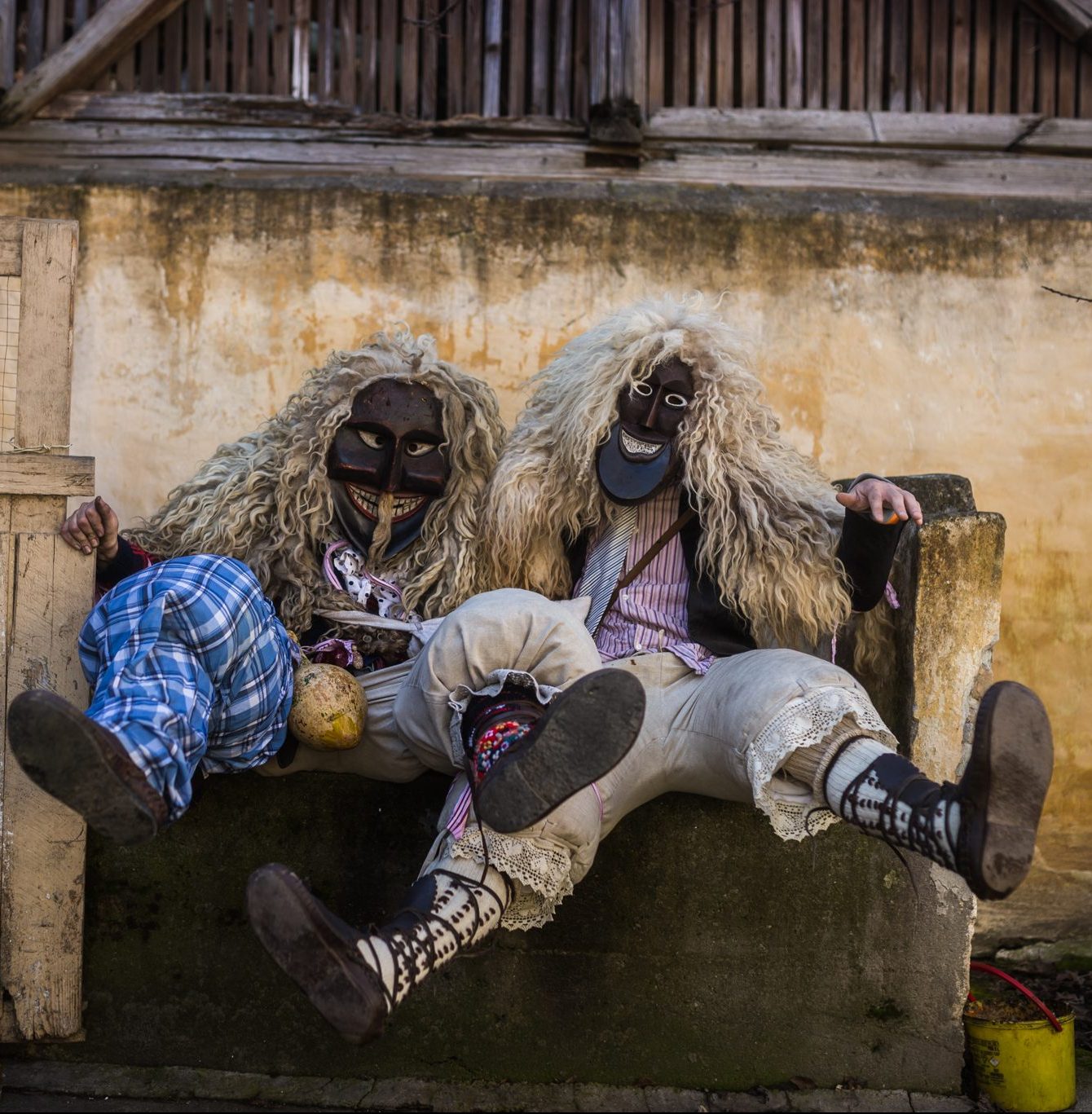
The carnival custom of chasing away the evil spirits of winter is preserved in Mohács, where bemasked Busós march the streets and do mischief to this day. “Poklade” means carnival, and refers to the transformation of participants and nature: traditional costumes transform their bearers as the seasons change from winter to spring. Original masks, costumes, instruments and photos by Zsolt Répásy portray the ancient custom kept by the sokac people of Mohács, listed by UNESCO.
Cooperating partner: Hungarian Heritage House

The grandfather of Hungarian children’s songs, Vilmos Gryllus is the founder or legendary band Kaláka. He has composed, played and sung music for kids for over five decades, always playfully genuine and keeping his simple subtlety. On his occasion he sings poems heralding the arrival of spring.

Mischievous Busós and fairytale characters come to life at this crafts workshop tailored for various age-groups. You can even make a shadow theatre that fits in your pocket! Photo: Zsófia Pályi / BTF

Storytelling where children become actors and directors of the plot. The characters of Balkan myths and Turkish shadowplay do as you tell them at one of the most popular kids’ activities of PONT festival.
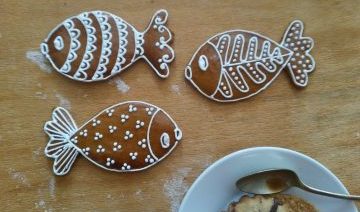
The art of gingerbread making is much more than pimped-up dessert. Decorating the pastry uses elements from Russian, Byzantine and Balkan cultures, to which the spirit animals of spring; fish, chicken, rabbits and lambs are added at this workshop. UNESCO added the traditional craft practiced in Northern Croatia to its intangible heritage list in 2010.

Giant puppets, street actors and musicians recall the fair spectacles of past centuries. Music played by pipes and drums accompany the show, evoke Balkan melodies and the lost world of fairy tales. A unique performance by Bab Company and Avar Horda.

Catch the fiery uneven rhythms from the Balkans, hit the darboukas, frame-drums or cajun. Interactive drum workshop and rhythmic fun with RitMosaic.

Veronika Kalina, the curator of Poklade – Busó Festivities at Mohács and Zsolt Répásy, the photographer of the series viewable at the exhibit, give a guided tour in Hungarian.
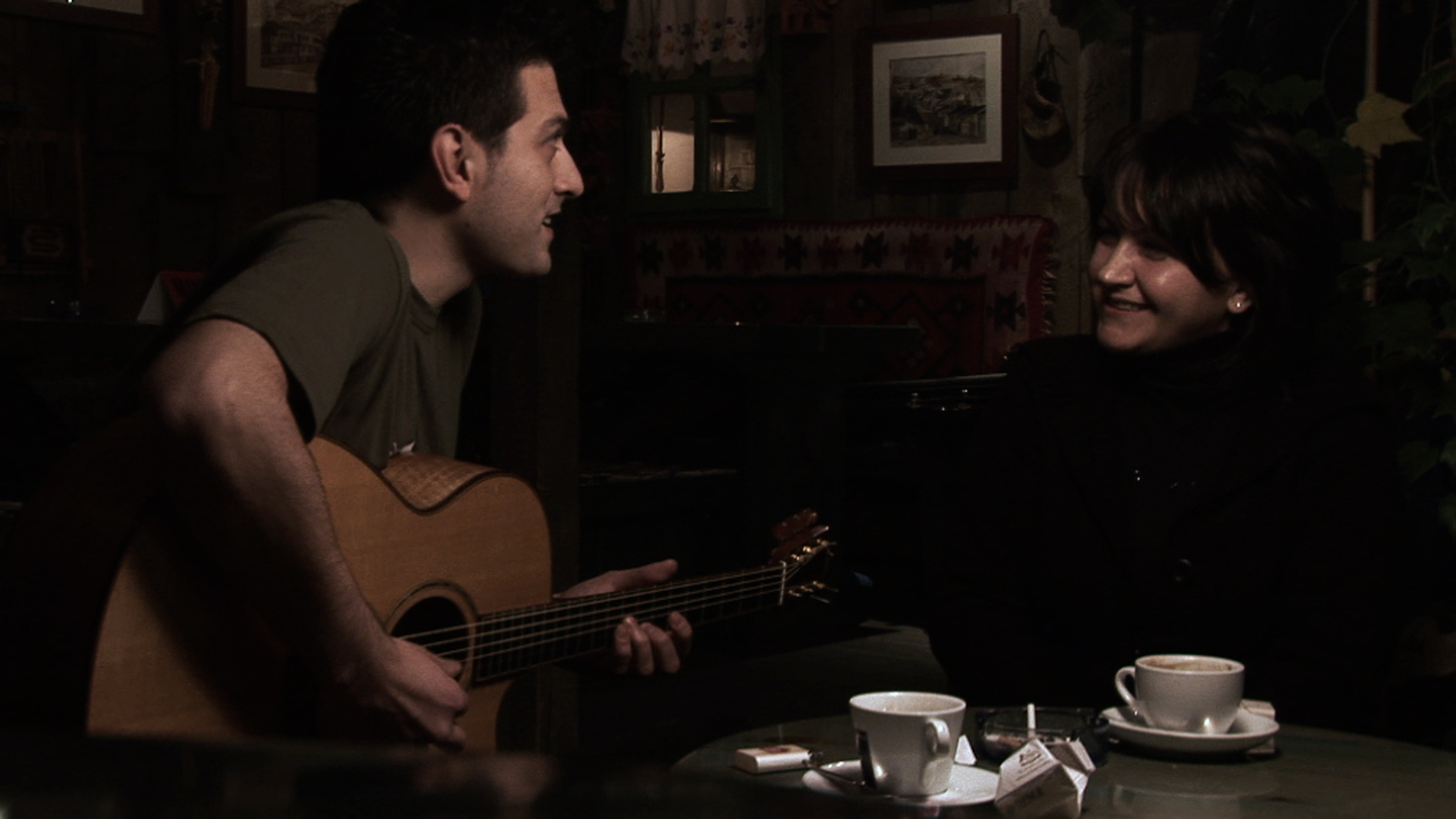
(Croatian -Bosnian documentary, 66 mins, 2009 language: Bosnian, with English subtitles)
The heart-rending beauty of Sevdah, the melancholy melodies from Bosnia guide the viewer through the story or Damir and Marina, and to the soul of a nation. A spectacular and musical journey to the heart of Bosnia.

Giant puppets, street actors and musicians recall the fair spectacles of past centuries. Music played by pipes and drums accompany the show, evoke Balkan melodies and the lost world of fairy tales. A unique performance by Bab Company and Avar Horda.

The trademark circle dance of the Balkans, kolo exists with many names and variations across the region. A true collective dance, it is fun and simple to learn – give it a shot and enjoy dancing with dozens at the free workshop of PONT festival! Live music by Csefa Band.
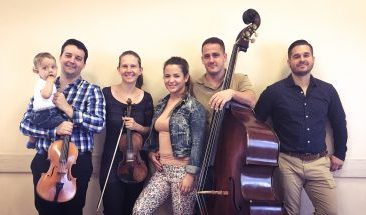
Johnny decides to travel the world in a year, setting out in the spring. He encounters witches, tricksters, devils, enchanted forests and girls. An interactive concert for kids led by Julianna Paár uses rhymes, songs, instruments and dance to make children part of the story told through music.

Veronika Kalina, the curator of Poklade – Busó Festivities at Mohács and Zsolt Répásy, the photographer of the series viewable at the exhibit, give a guided tour in English.
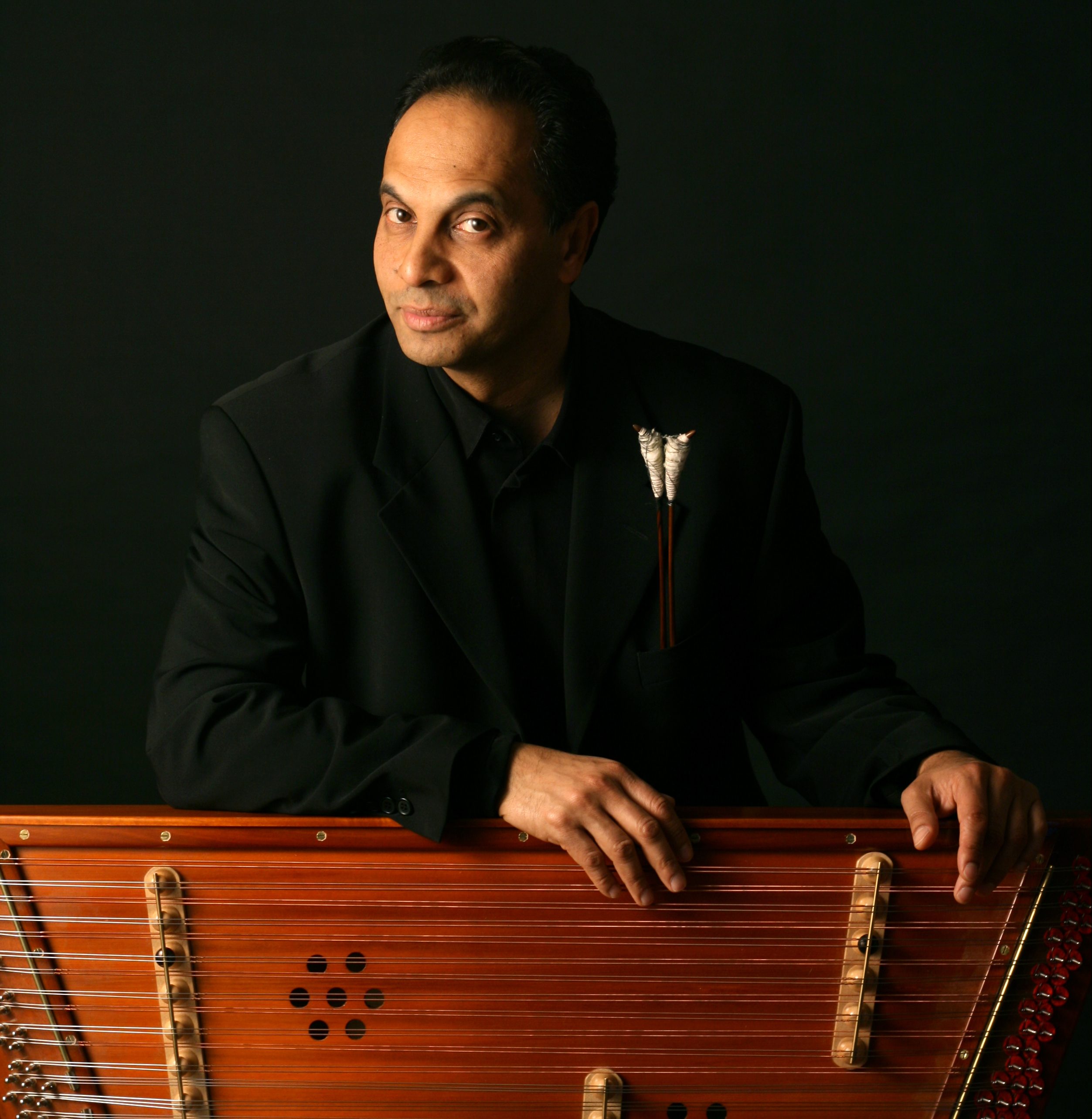
Ancient rites come to life through dance and music in the stage of PONT festival. World-famous cimbalom-virtuoso Kálmán Balogh and a select group of musicians present lyrical doina chants and ritual căluş dances – to which healing and fertility inducing powers were attributed – , also featured on UNESCO’s list of intangible heritage. The bewitching căluş will be performed by the deft dancers of Dezső Fitos Folkdance Company.

Try your hands at the ancient crafts of weaving and embroidery: the art of Chiprovts and Zmijanje – the latter heritage listed by UNESCO. Both crafts were traditionally practiced by women, and are as much about community life as the beautiful result. Photo: Jean Francois Charpentier

Egg-painting as our grandmothers did it. Learn about and try traditional ways of decorating Easter eggs. Photo: Míves Tojás Múzeum.
All programs except evening concerts are free of charge.
13 April Saturday
14 April Sunday
Passes